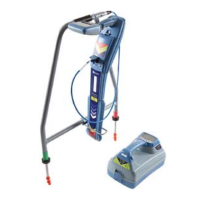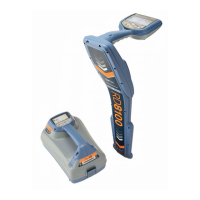Why does the constant power indicator flash on and off on my SPX Security Sensors?
- DDaniel ClarkAug 1, 2025
The constant power indicator flashes on and off to indicate that the sensor will soon require replacement. You should order a replacement sensor, but wait until the Failed Sensor Indication is received before installing it.



